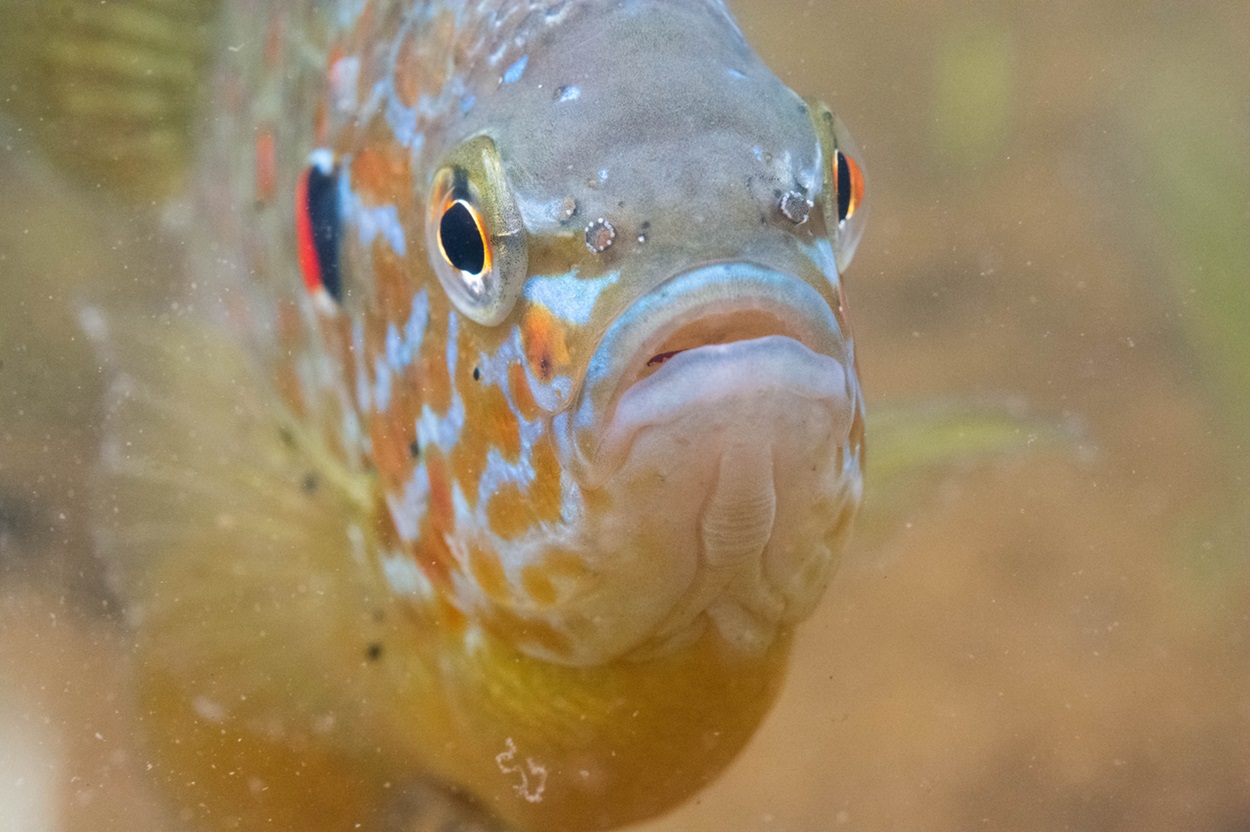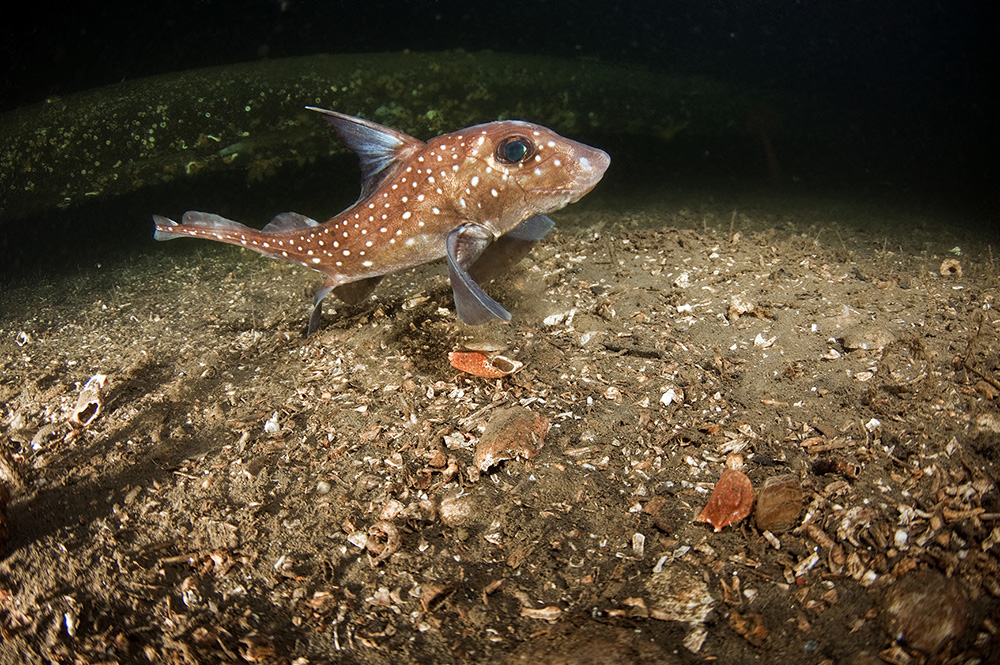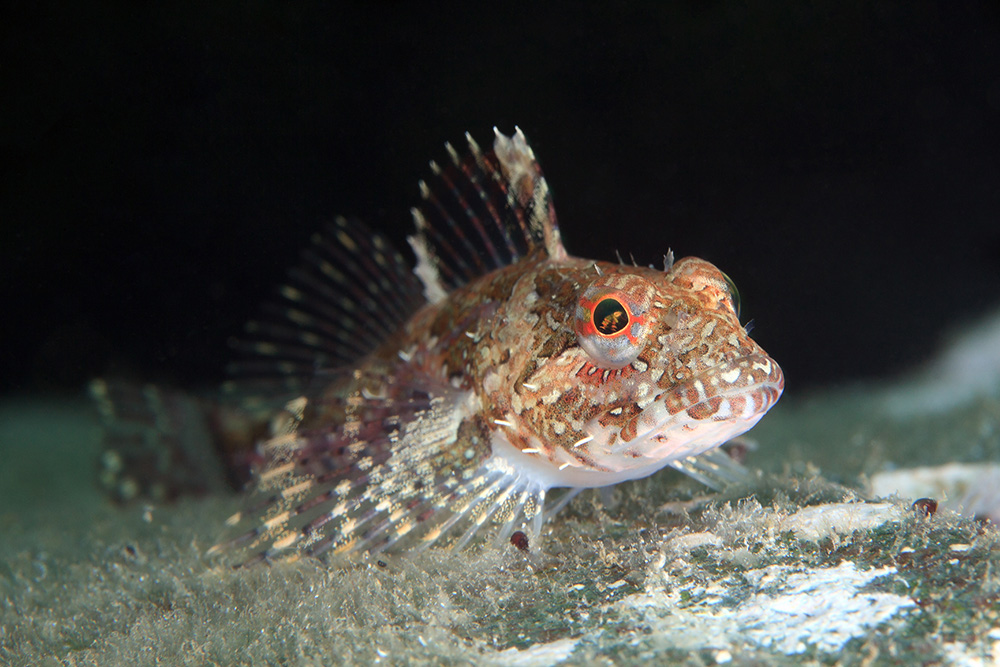
The goldeye (Hiodon alosoides) [Lat alosoides, "shadlike"] is a relatively small, opportunistic foraging freshwater fish of the family Hiodontidae (order Osteoglossiformes). The mooneye (H. tergisus), the only other species in the family, is often confused with goldeye. They can be distinguished by the position of the dorsal fin, which is behind or equal to the anal fin on goldeye, and eye colour, which fittingly is gold coloured in goldeye.
Goldeye are endemic to North America, occurring in Canada from western Ontario to the Rocky Mountains and north to Great Slave Lake with an isolated pocket of distribution directly below James Bay in Ontario and Quebec. They can be found in a variety habitats including warm, silty, slow-moving waters of large rivers, quiet shallow lakes, ponds, marshes and muddy shallows of large lakes.
Description
Goldeyes are deep bodied, with small blunt heads and rounded snouts. They have many small sharp teeth on their jaws and tongues. Their large yellow eyes are adapted to low light and turbid water conditions allowing them to be essentially nocturnal. Goldeyes have dark-blue to blue-green backs, silvery sides, white bellies and brown edges to their scales giving them a slightly tan coloured appearance. They are mainly surface feeders, consuming aquatic insects, snails, minnows, other small fish and any other edible organisms they encounter.
Significance of Fishery
Goldeye flesh when freshly caught is undesirable due to its poor taste and quality. As early as 1890 it was found smoking significantly improved its taste. After 1911 the market for smoked goldeye increased rapidly because it was a new product that could be caught and processed in large numbers. Lake Winnipeg was the largest commercial producer. By the 1930s overfishing nearly wiped out stocks; it took decades for them to recover.
The main fishery is now centered in the Saskatchewan River in Manitoba and Saskatchewan. The fish are processed almost exclusively in Winnipeg, Man, where they are gutted, lightly brined, dyed an orange-red colour and smoked over oak fires. They are marketed as whole processed fish under the name "Winnipeg goldeye" and are considered a gourmet item. Goldeye are considered sport fish in some regions, especially central Canada where they are sought after for home smoking. The small size of goldeye limits their appeal as a sport fish in other regions.

 Share on Facebook
Share on Facebook Share on X
Share on X Share by Email
Share by Email Share on Google Classroom
Share on Google Classroom



